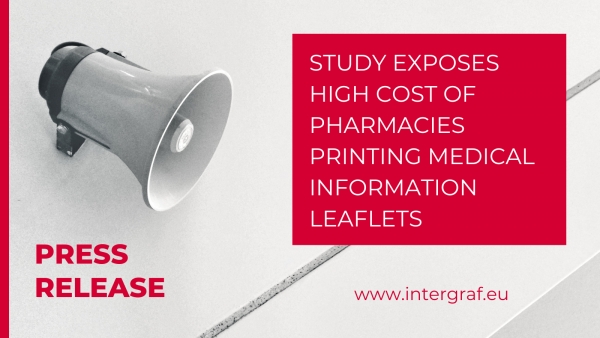12 March 2010
Employing a young person
With today's perception of risk and the current compensation culture within the UK, many employers shy away from the thought of employing a person under the age of 18 years of age and use the phase that they couldn't possibly employ this young person as the law doesn't permit them to! This is not the case.
The employment of a ‘young person', a person under the age of eighteen and a ‘child', a person under the compulsory school leaving age, are regulated by the Management of Health and Safety at Work Regulation (regulation 19, protection of young person).
Why? Most people are at particular risk of injury in the first six months of employment as they may be unaware of existing or potential workplace hazards and risks, and therefore young people will frequently be in this category.
This is due to young people having lack of experience or maturity, or may be unaware of how to raise safety concerns. They may not have reached physical maturity and therefore lack the strength demanded of the role they have been employed to do, such as keeping up with production lines or inanimate load moving and handling tasks. This can also extend to trying to impress their employer or may be to please people with whom they work closely.
What are the employer's duties? The Employer is required to ensure that young persons employed by him are protected at work from any risks to their health and safety which are a consequence of their lack of experience, insufficient awareness of the existing and potential risks or the fact that young persons have not yet fully matured. This means that the employer is required to undertake a risk assessment before the young workers start work to see where the hazards and risks are, and to determine what needs to be done to reduce the risk to an acceptable level.
However, under the regulations when control measures have been taken against these risks and if a significant risk still remains, no child can be employed to do this work. With regards to a young worker, above the minimum school leaving age but still under 18 years of age, they too cannot do this work unless it is necessary for his or her training, he or she is supervised by a competent person, that the level of supervision correlates to the level of risk and that the risks will be reduced to the lowest level reasonably practicable. The employer should also devise a comprehensive induction programme taking into account any equipment that may be used, with reference to the equipments users manual . Further guidance on workplace hazards that can affect young workers can be obtained from the 'Young people at work, a guide for employers' HSG165.
What happens about the two week work placement schemes and young persons wanting to shadow our processes? In some industries this can present a problem due to the very nature of the working environment, such as offshore, petro chemical, steel production and not forgetting certain areas of our emergency services.
The same principle applies with regards to risk assessment, the risk reduction programme, the notification on what the young person is permitted to do and where they are permitted to go supported by a good level of supervision and a comprehensive induction.. However, more time is required at the arranging stage as the risk assessment findings need to be communicated to the school involved, the placement and the placement's parents or guardians. However, for the majority of the time the school representative will work closely with the employer to facilitate on the administration side of things.
If you are looking to take on a placement this summer and need further advice, discuss this with your local HSE adviser and don't forget to inform your insurers of your intentions.
 Intergraf Economic News (Paper Prices) - March 2024
Intergraf Economic News (Paper Prices) - March 2024
18 March 2024
Access the latest edition of the Economic Newsletter for the European Printing Industry for data on paper consumption, and pricing data for pulp, paper and recovered paper. Data for packaging papers and board is also available with this edition.
 STUDY EXPOSES HIGH COST OF PHARMACIES PRINTING MEDICAL INFORMATION LEAFLETS
STUDY EXPOSES HIGH COST OF PHARMACIES PRINTING MEDICAL INFORMATION LEAFLETS
7 March 2024
Intergraf welcomes the release of a study by our partner MLPS (Medical Leaflet = Patient Safety), a subgroup of the European Carton Manufacturers Association (ECMA) shedding light on the potential economic costs associated with the proposed use of Print on Demand (PoD) leaflets in the pharmaceutical legislation revision.
The BPIF is the printing industries champion. By becoming a member you join a diverse and influential community. We help you solve business problems, connect you to new customers and suppliers and make your voice heard in government.
Call 01676 526030









